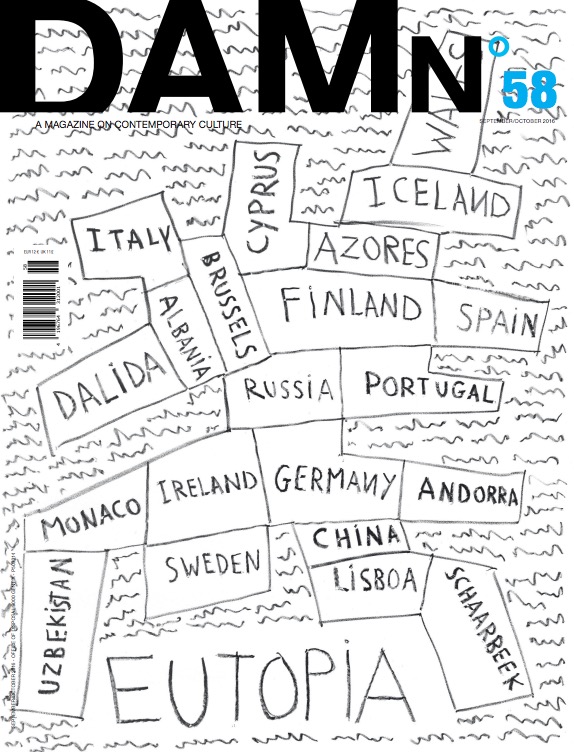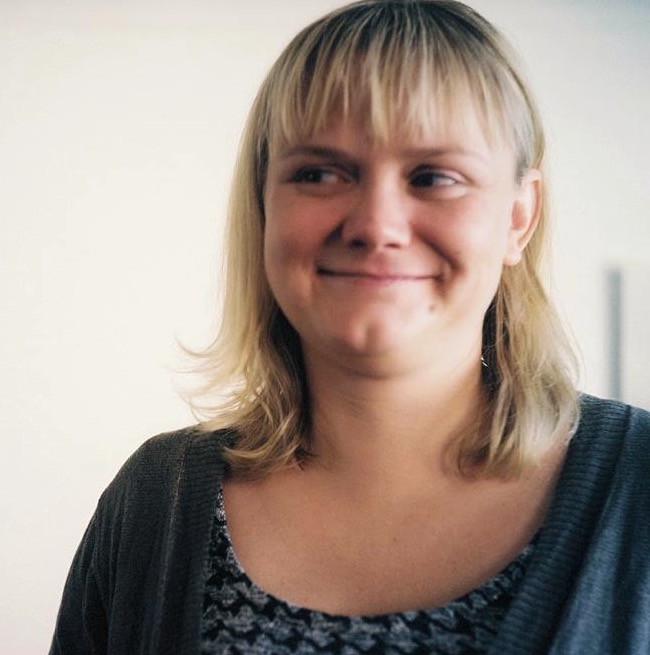Long before farmers’ markets and seed bombings became hipster lore, Amy Franceschini and her band of Futurefarmers were busy uncovering the intimate relationship between art, design, and agriculture. Founded in 1995 as an organic collective of artists, writers, designers, researchers, scientists, and farmers, Futurefarmers has created speculative futures, heirloom seed archives, home laboratory kits, and installation art, and has revived the World War II network of Victory Gardens – urban farms located across the United States. Since 2013, the group has been working on the Flatbread Society, a public artwork in Oslo that launches in September and is shortlisted for an Artes Mundi Prize.
The cultural significance of early farming goes far beyond the cultivation of seeds. Domesticating wild plants to create reliable sources of food resulted in the establishment of permanent villages and an increase in population, as childbearing was no longer restricted by how many infants could be carried. As Chris Harman writes in A People’s History of the World, the generation of myths, ceremonies, and rituals countered the drudgery of farm labour that curtailed the footloose life of nomadism; systems were established for dealing with conflict, disagreement, and communal interdependence, where previously hunter-gatherer tribes could simply split and go their separate ways. It was an establishment of a way of being, a culture: agriculture.

Flatbread Society Bakehouse, 2016 Oslo, Norway
Futurefarmers
In travelling through rural Norway as part of her research, Futurefarmers founder Amy Franceschini discovered the vehicle for these intentions: a bakehouse, which in many small towns still serves as a communal food production and storage site as well as a social gathering space. Traditionally, bakehouses facilitated the ‘flatbread storage economy’ that saw communities fire all their grain over a period of three days into really flat, dry breads with holes in the centre. These discs could be stored for up to 20 years in the dry rafters of the buildings.

Flatbread Society Bakehouse ovens
Futurefarmers
Following the success of the now permanent bakehouse, Futurefarmers took to searching for original ancient grain seeds and uncovered a wealth of phenomenal stories about amateur historians finding heirloom seeds in the rafters and other obscure places, each with a unique story about how they reached Norway. A field for planting and growing these seeds has been included alongside the bakehouse as a way to visualise the production from seed to flatbread. A fulltime farmer has been employed to oversee this and the 150 allotment gardens that the enthusiasm for the project has inspired. The project has been renamed Losæter, referring to an open area where herds of animals are left to graze, also doubling as a cultural metaphor for someone going wild. It was baptised in a soil procession, with 50 local farmers contributing soil from across the country, highlighting these often underappreciated community members’ roles in everyday life.

Soil Procession, 2015 Futurefarmers

Flatbread Society Bakehouse ovens
Futurefarmers
Artes Mundi 7: Exhibition and Prize / Showcased are works by seven outstanding international contemporary artists whose practices explore current social issues and everyday life, at the National Museum Cardi , 21 October 2016 – 26 February 2017.
 Seed Journey Route, 2016 Watercolour by Amy Franceschini
Seed Journey Route, 2016 Watercolour by Amy Franceschini
 Seeds of Time, 2016 Glass and seeds Futurefarmers
Seeds of Time, 2016 Glass and seeds Futurefarmers
 Temporary bakehouse built in Oslo in 2013, with the Barcode buildings in the background
Temporary bakehouse built in Oslo in 2013, with the Barcode buildings in the background
 Futurefarmers taking their mobile flatbread oven to Oslo Opera House, June 2013
Futurefarmers taking their mobile flatbread oven to Oslo Opera House, June 2013
 Amy Franceschini of Futurefarmers in Bjørvika, Oslo
Amy Franceschini of Futurefarmers in Bjørvika, Oslo



